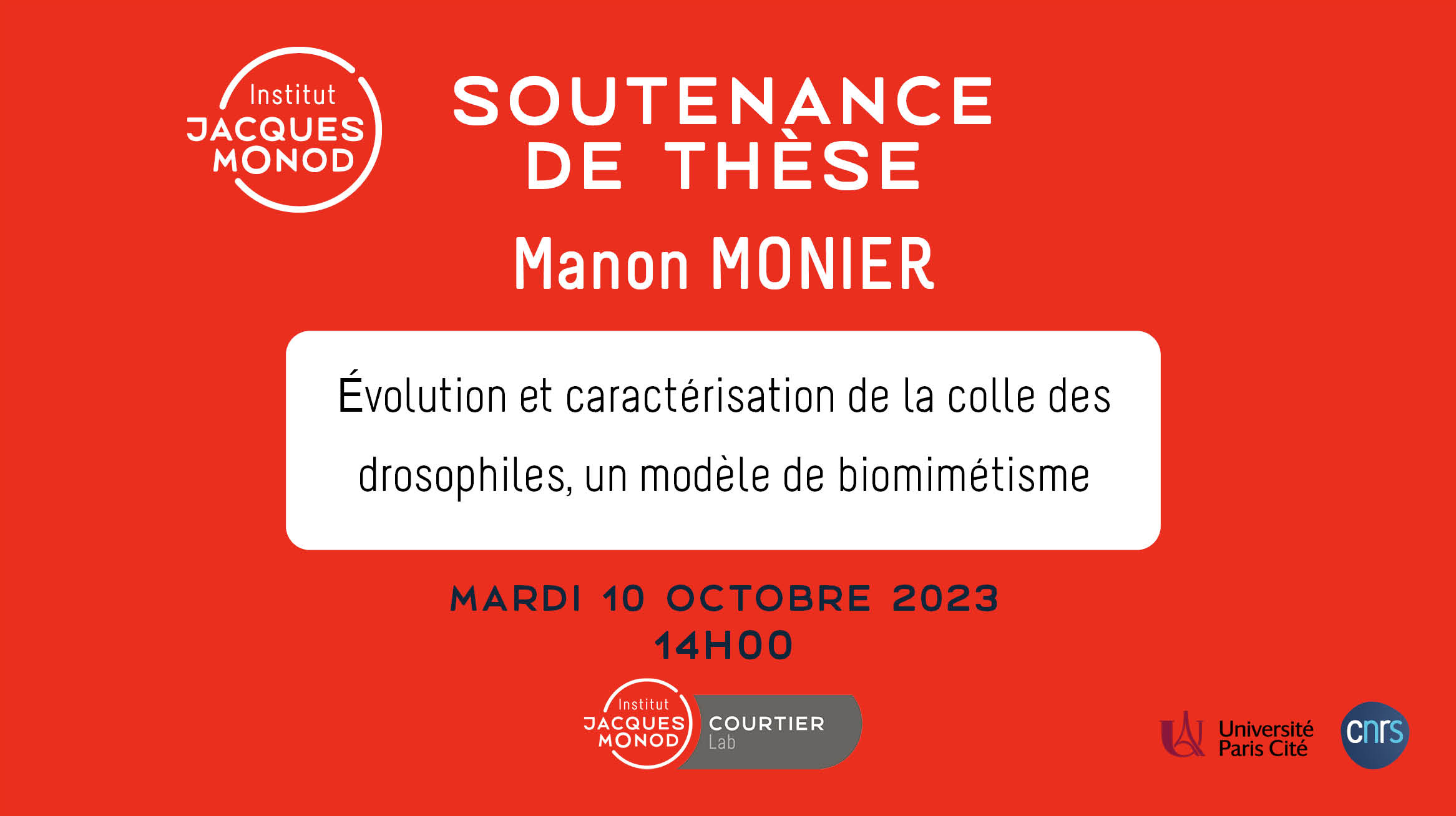L’Institut Jacques Monod ouvrira ses portes du 6 au 16 octobre 2023 à l’occasion de la 32e édition de la Fête de la Science !
A cette occasion, des lycéens pourront visiter la plateforme ImagoSeine et découvrir le monde des « mini-cerveaux », en partenariat avec
Université Paris Cité.
Aussi, deux visites insolites en partenariat avec le…











